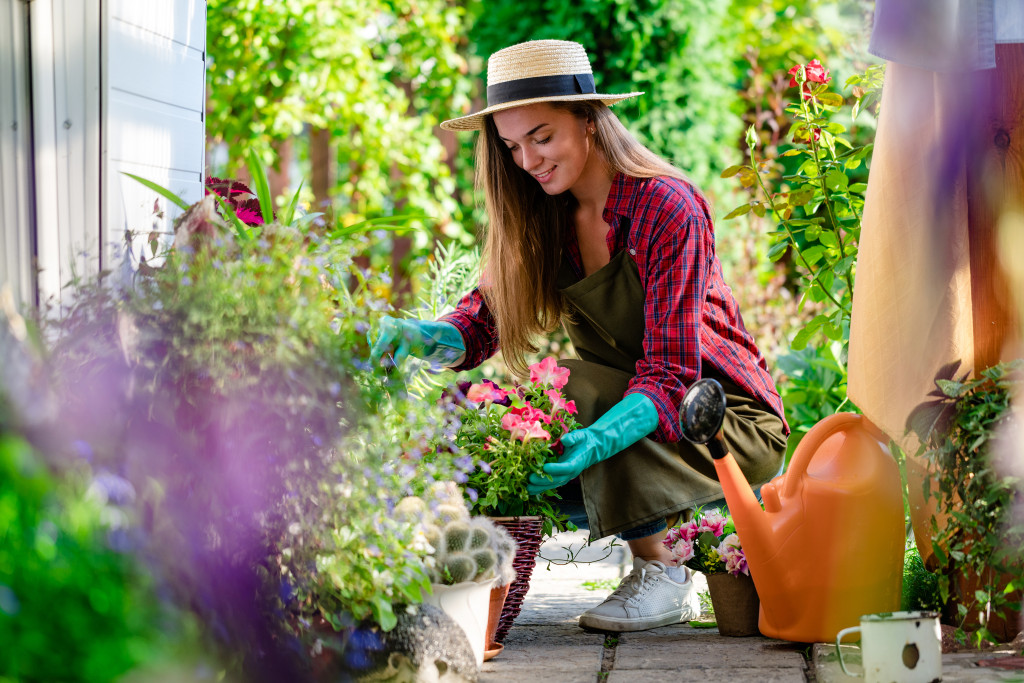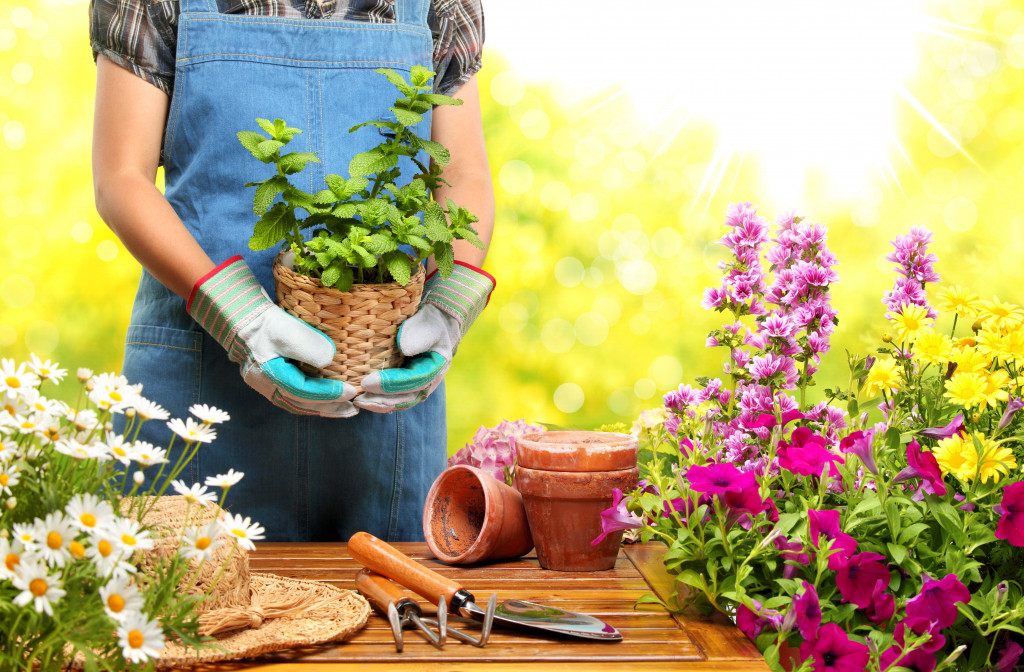Low maintenance gardening is what many people would like to have, especially if they are busy with responsibilities like work and home chores. No garden will require zero maintenance, but having a low or easy one to maintain will have alternative and faster solutions when it comes to its gardening activities.
With our busy lives, gardeners are looking to keep their tasks manageable. There are other factors to decide on having a low-maintenance garden — renting out a property that includes a garden, non-gardeners who have to take care of their backyard, gardeners that have a disability, gardeners that are too old to do outdoor work, or for people that are new to the gardening world and don’t have background knowledge with maintaining it.
What does it mean to be low maintenance?
Low maintenance doesn’t necessarily mean that there would be no maintenance at all. It just means low upkeep and making smart choices for your plants so you won’t end up with a backyard that requires a lot of work and energy to preserve.
Here are several tips to follow to have a low-maintenance backyard:
Let An Expert Do the Work For You
Start by inspecting your backyard and look for the features that you would want to add or maintain in your outdoor area. You have to plan for a layout before you start planting and adding garden tools and accessories. Figure out what you want to pot. If growing flowers is high on your priority list, you can keep a patch where you can grow them.
If planning for your outdoor area is too difficult for you, you can always ask for the help of an expert. Some services offer landscape design and layout services done by experienced artists and even engineers. They will give tips on what you can add to your garden, like water features, lighting, and your preferred landscape design.
Pick Easy Flowers to Grow
There is a lot of easy-to-grow and low-maintenance flowers. Even if you were not blessed with a green thumb, these flowers can help you maintain your backyard. Start with just one variety, or select a few for your garden. Here are some examples of them.

Sunflowers
Sunflowers are flowers that bloom during the summer and attract bees, birds, and butterflies. They are compatible with all soil types except waterlogged soil.
Zinnias
Zinnias are also easy to maintain and are available in a variety of heights. They are similar to daisies in dahlias. Look for them in almost every color except in blue.
Marigolds
Marigolds can brighten your backyard with their bright yellow color. They can be in shades of red and gold too and are easy to grow in sunny spots. They can grow from 3 to 5 feet tall, but you can find shorter varieties if you wish to have smaller ones.
Cosmos
Cosmos are flowers that can bloom during the spring-summer and fall. It helps repel mosquitoes and prefers well-drained soil, and can grow in sandy gardens.
Sweet Peas
This type of flower can add color to the garden. It needs to be in well-drained soil, and blooms during spring through early summer. They are highly fragrant flowers that only need a supportive fence.
Don’t Choose A Lot of Plant Variety
It’s a pretty basic tip since the fewer plants you have in your garden, the lesser time you’ll need to maintain them. You can stick to a maximum of three types of flowers, shrubs, and plants. You can add some color to your plant containers and other backyard accessories like statues and figurines.
Mulch or Stone Bed
Mulch can be a gardener’s best friend. It simply means covering your plant bed with a mulch blanket approximately 4 to 6 inches deep. This will be your number one defense against weeds, and it helps soil conserve moisture for your flower bed and plants so it won’t dry out fast. It can also prevent frost heaving in winter and can make your garden more attractive.
If you can’t afford to have mulch often, you can use untreated grass clippings or shredded leaves as cover. There are other types of organic mulch like pine needles, newspaper, straw, and shredded bark.
If the idea of replacing the mulch in your garden can still take too much of your time, you can go for stone beds. Stones can come in different sizes and won’t be needed to get replaced every year.
Make Watering Plants Simple
It might be a good idea to install a watering system since watering your outdoor area can take up a lot of time. A simple drip irrigation watering system can be your answer to a low-maintenance garden. You have to connect a hose, set a timer, and let it take care of your plants and flowers.
If you wish to water yourself, you can use a water wand to extend the reach of your hose nozzle and lessen the impact of the water flow.
Choosing a low-maintenance garden isn’t about sacrificing what you want to have in your backyard. It simply means carefully choosing what you grow and making the best ways to lessen the time to maintain its current state.





